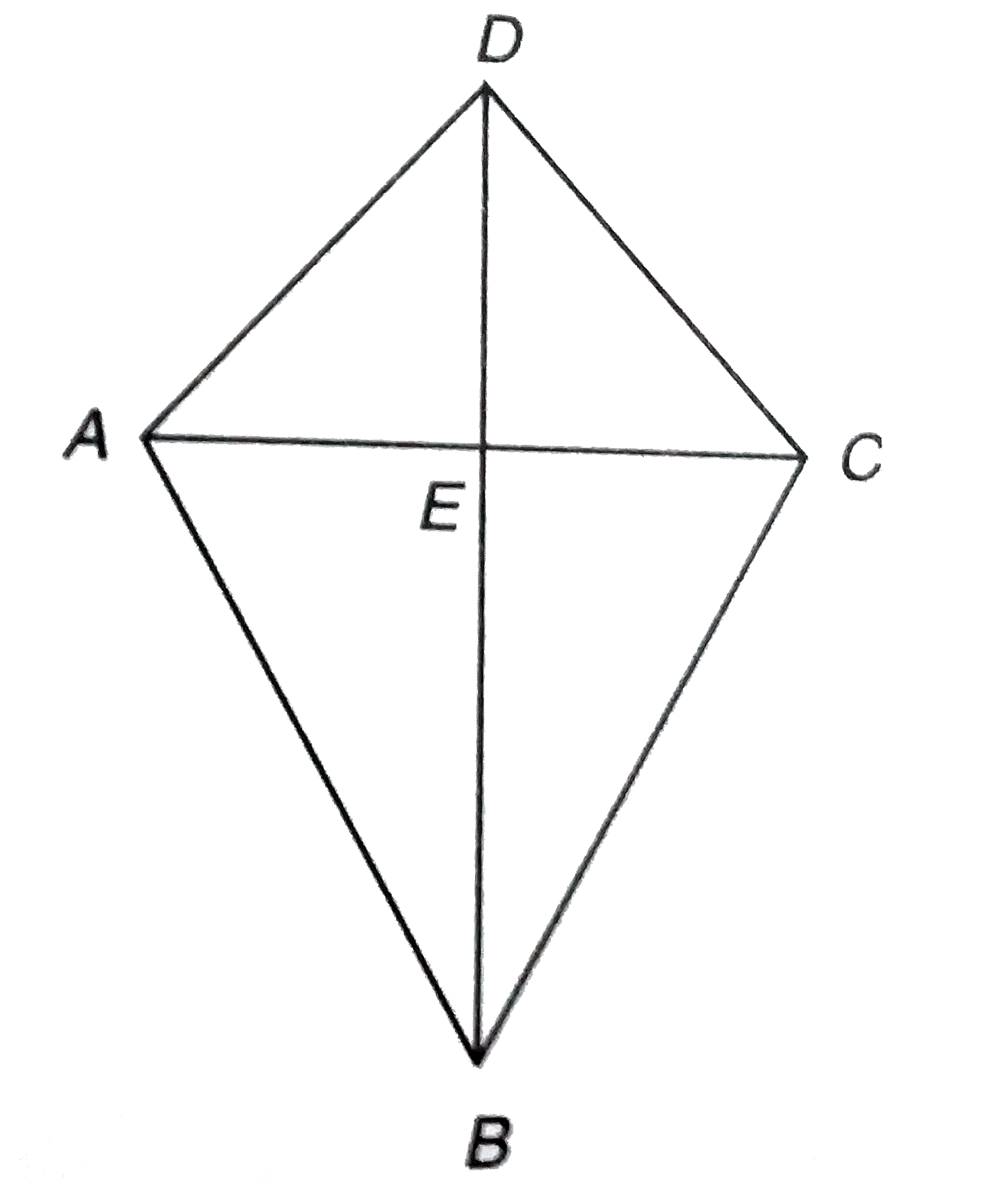Which of the following is not true of a chemical synapse?
Signals can move in either direction across the synapse
Neurotransmitter molecules are removed from the synaptic cleft after they bind with receptor molecules
A minimum number of neurotransmitter-receptor complexes must form before the impulse is propagated in the postsynaptic neuron
Neurotransmitter secreted is not the same for all synapses
The correct Answer is:A
To determine which statement is not true of a chemical synapse, we will analyze each option provided in the question.
1. Understanding Chemical Synapses:
- A chemical synapse is a junction between two neurons, where the axon terminal of one neuron (presynaptic neuron) meets the dendrite of another neuron (postsynaptic neuron). They are separated by a small gap known as the synaptic cleft.
2. Analyzing the Options:
- Option 1: "Signals can move in either direction across the synapse."
- This statement is not true. In a chemical synapse, signals are transmitted in one direction only, from the presynaptic neuron to the postsynaptic neuron. Neurotransmitters are released from the presynaptic neuron and bind to receptors on the postsynaptic neuron.
- Option 2: "Neurotransmitter molecules are removed from the synaptic cleft after they bind with receptor molecules."
- This statement is true. After neurotransmitters bind to their receptors, they are typically removed from the synaptic cleft to terminate the signal and prevent continuous stimulation of the postsynaptic neuron.
- Option 3: "A minimum number of neurotransmitter-receptor complexes must form before the impulse is propagated in the postsynaptic neuron."
- This statement is true. For an action potential to be initiated in the postsynaptic neuron, a certain threshold of neurotransmitter-receptor binding must occur.
- Option 4: "Neurotransmitter secreted is not the same for all synapses."
- This statement is true. Different synapses can release different types of neurotransmitters, which are specific to the types of receptors present on the postsynaptic neuron.
3. Conclusion:
- The statement that is not true of a chemical synapse is: "Signals can move in either direction across the synapse." This is incorrect because the transmission of signals in chemical synapses is unidirectional.
Final Answer:
The statement that is not true of a chemical synapse is: "Signals can move in either direction across the synapse."
---
- A chemical synapse is a junction between two neurons, where the axon terminal of one neuron (presynaptic neuron) meets the dendrite of another neuron (postsynaptic neuron). They are separated by a small gap known as the synaptic cleft.
- Option 1: "Signals can move in either direction across the synapse."
- This statement is not true. In a chemical synapse, signals are transmitted in one direction only, from the presynaptic neuron to the postsynaptic neuron. Neurotransmitters are released from the presynaptic neuron and bind to receptors on the postsynaptic neuron.
- Option 2: "Neurotransmitter molecules are removed from the synaptic cleft after they bind with receptor molecules."
- This statement is true. After neurotransmitters bind to their receptors, they are typically removed from the synaptic cleft to terminate the signal and prevent continuous stimulation of the postsynaptic neuron.
- Option 3: "A minimum number of neurotransmitter-receptor complexes must form before the impulse is propagated in the postsynaptic neuron."
- This statement is true. For an action potential to be initiated in the postsynaptic neuron, a certain threshold of neurotransmitter-receptor binding must occur.
- Option 4: "Neurotransmitter secreted is not the same for all synapses."
- This statement is true. Different synapses can release different types of neurotransmitters, which are specific to the types of receptors present on the postsynaptic neuron.
- The statement that is not true of a chemical synapse is: "Signals can move in either direction across the synapse." This is incorrect because the transmission of signals in chemical synapses is unidirectional.
The statement that is not true of a chemical synapse is: "Signals can move in either direction across the synapse."
Topper's Solved these Questions
- BOOK - ICSECHAPTER - NEURAL CONTROL AND CO-ORDINATION EXERCISE - TEST YOUR PROGRESS ( OBJECTIVE TYPE QUESTIONS ) (Fill in the blanks with appropriate words.)14videos
NEURAL CONTROL AND CO-ORDINATION
- BOOK - ICSECHAPTER - NEURAL CONTROL AND CO-ORDINATION EXERCISE - TEST YOUR PROGRESS ( OBJECTIVE TYPE QUESTIONS ) (State whether the following statements are true or false .)9videos
NEURAL CONTROL AND CO-ORDINATION
- BOOK - ICSECHAPTER - MORPHOLOGY OF FLOWERING PLANTS EXERCISE - NCERT TEXTBOOK QUESTIONS WITH SOLUTIONS25videos
MORPHOLOGY OF FLOWERING PLANTS
- BOOK - ICSECHAPTER - NEURAL CONTROL AND COORDINATIONEXERCISE - (Review question) long answer20videos
NEURAL CONTROL AND COORDINATION
Similar Questions
Knowledge Check
- Question 1 - Select One
Which of the following is not true for a bike?
 AAE=~CEBDE=~BEC∠ABE=~∠CBED∠E=90∘
AAE=~CEBDE=~BEC∠ABE=~∠CBED∠E=90∘
Which of the following is true ?
View SolutionWhich of the following is true?
View SolutionWhich one of the following is not true?
View SolutionWhich of the following is true?
View SolutionWhich of the following is/are true ?
View SolutionWhich of the following is/are true ?
View SolutionWhich of the following is/are true ?
View Solution

